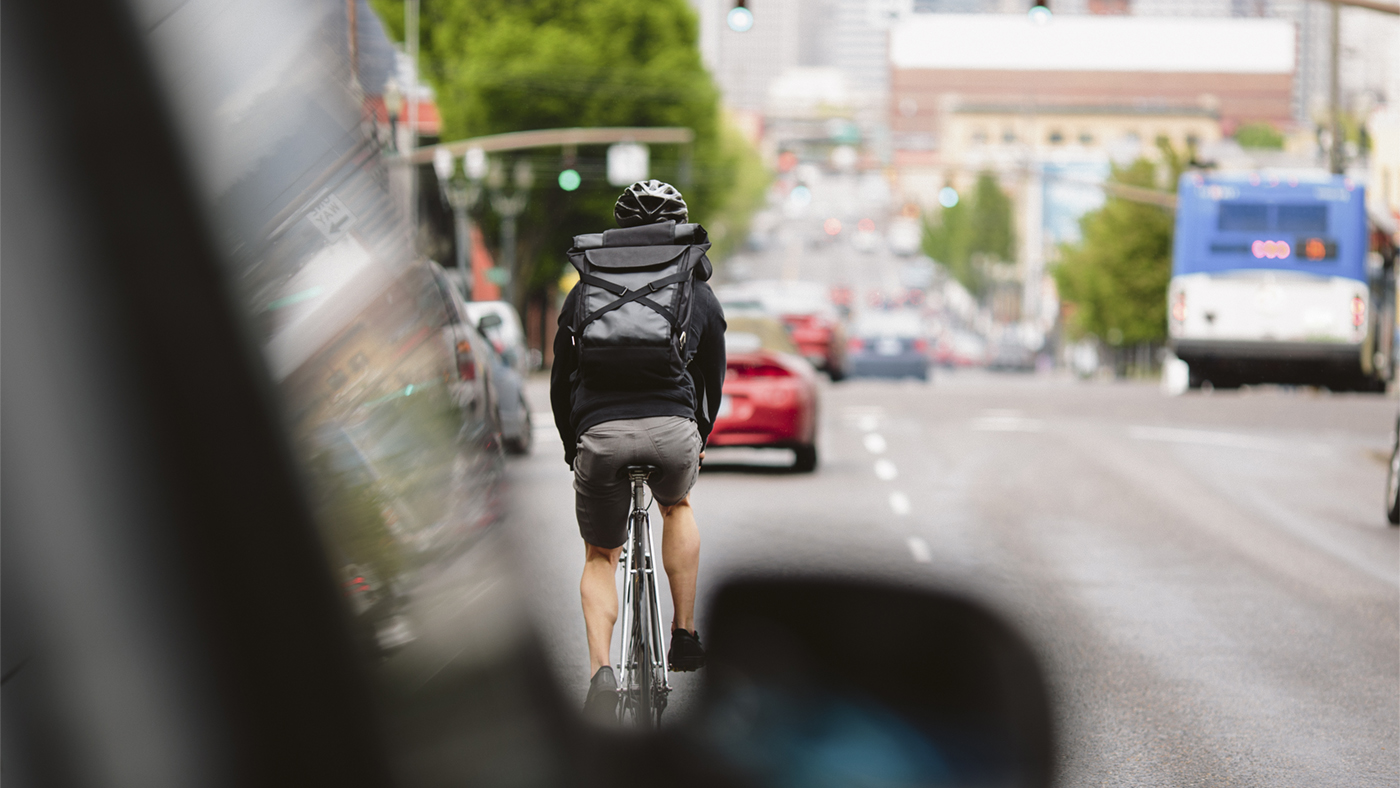How Well Do You Share the Road?
Take this quiz to find out if you’re a road hog.
 Getty Images/Cavan Images
Getty Images/Cavan Images
Motorists share the road every day with other vehicles—including those with two wheels and more than four wheels. How safe are you when it comes to driving around other vehicles?
Find out more with these common questions about sharing the road:
1. How much room should you allow when driving behind a motorcycle?
When a motorcycle is in front of you, give it more distance than you would another car—about three or four seconds between you and them, according to the National Highway Traffic Safety Administration (NHTSA).
Motorcyclists often downshift or ease off the throttle to slow down instead of applying the brakes. No braking means no brake lights to signal motorists. Because of this, it’s critical for drivers to allow a larger braking cushion around motorcycles.
2. What is the minimum distance you should allow between your car and a bicyclist when driving past them?
Check the law in your state, but many require at least 3 feet between any part of your vehicle and any part of the bike or rider. If 3 feet of space isn’t available (due to road or traffic conditions), slow your vehicle and pass only when it’s safe to do so.
3. You should honk your horn to let a bicyclist know you’re approaching them.
Avoid honking at bicyclists (unless it’s an emergency) because it could startle the rider and cause a crash.
4. If you see an emergency vehicle parked on the side of a highway, what should you do?
All 50 states have Move Over laws, which require drivers to move over one lane and slow down when approaching tow truck operators, police, firefighters, emergency medical crews and other people working along the roadside. But recognition of these lifesaving laws remains low, with about one-third of the public not aware of them, according to the U.S. Department of Transportation.
5. When you change lanes in front of a tractor-trailer, the same guidelines apply as when you change lanes in front of a car.
Loaded tractor-trailers need 20% to 40% more distance to stop than cars do—and even more in wet or slippery conditions. So be sure to leave plenty of room and use your turn signal when changing lanes in front of a large truck.
6. If you’re behind a vehicle with a flashing turn signal, it’s safe to assume the driver intends to turn.
Drivers sometimes forget to turn off their turn signal. Always wait until you see a vehicle actually turn.